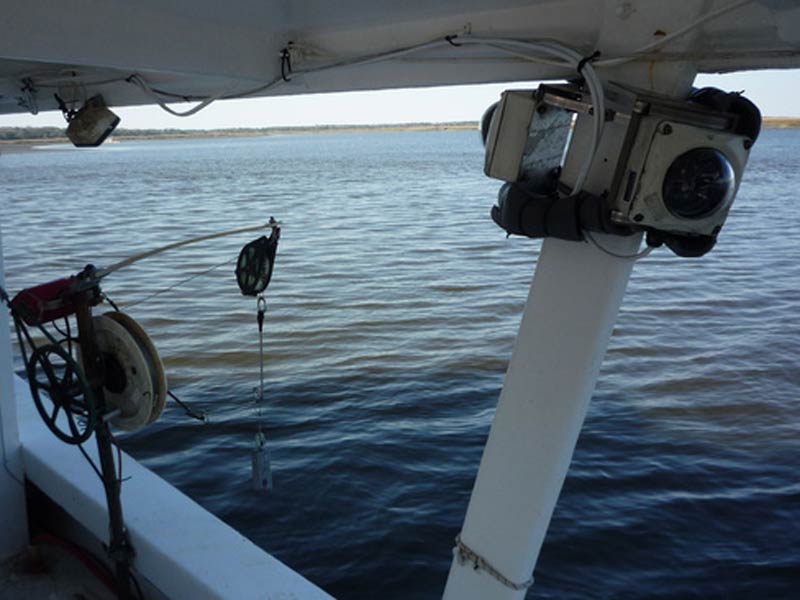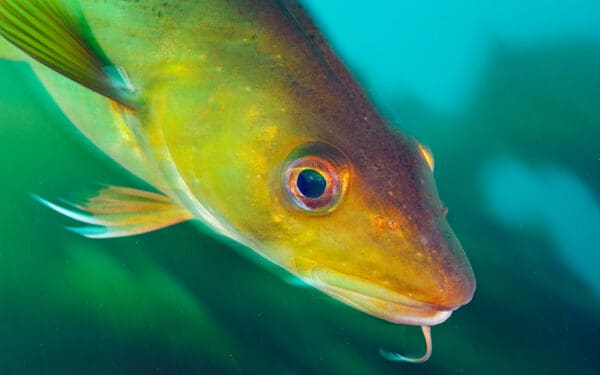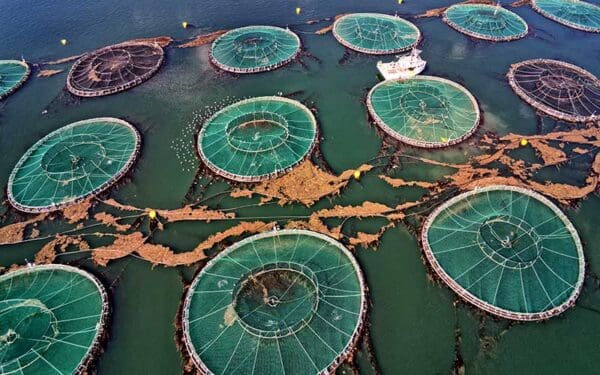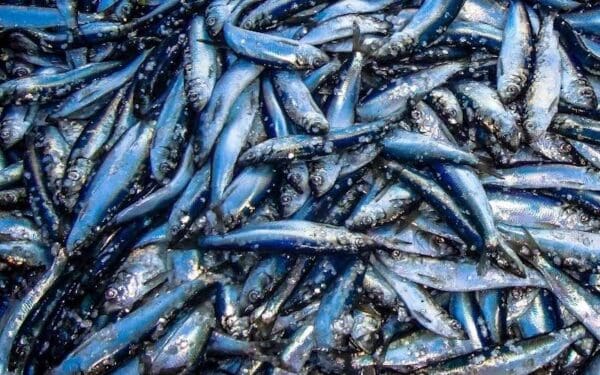
Electronic monitoring on commercial groundfishing trips helps managers implement measures that help restore the cod population and protect the future of fishing communities. Photo: NOAA
Atlantic cod – New England’s most iconic fish species – is in peril. Cod stocks in the region linger at historically low levels due to decades of poor management and overfishing. To help rebuild the cod population, scientists and managers must know how many fish are being caught by fishing boats. Thankfully, a recent vote by regional fishery managers brings us one step closer to collecting that valuable information – which can help restore the cod population and protect the future of the fishing communities that depend on it.
A Meaningful Vote with a Caveat
The New England Fishery Management Council has voted, near unanimously, to adopt a promising measure to accurately track what commercial groundfish boats catch and what they throw back into the sea. Four years in development, this action, known officially as “Amendment 23,” aims to improve accountability within New England’s groundfish fishery, which includes cod, haddock, and 11 other species.
Currently, the target to monitor commercial groundfishing trips at sea is only set at 40%. The Council’s vote sets a new target of 100% coverage. This is a critically important development because at-sea monitors collect key data on what and how much is caught in the fishery. That data is then used to help set and track annual catch limits to prevent overfishing.
There is a caveat, however. Achieving this level of coverage will rely entirely upon the availability of federal funding. Without funding, we risk the coverage dropping back down to 40%, which would make it hard for regulators to collect the accurate data that they need to manage our ocean resources.
Overall, the adoption of Amendment 23 represents a middle-ground approach that Council members, CLF and other conservation groups, and industry were seeking. The Council’s decision shows its commitment to collecting accurate, precise, and timely data for use in science and management – while minimizing the economic burden on New England fishermen.
Who pays the check?
The costs associated with efforts to monitor fishing trips have been a hot topic of discussion for years. Right now, most trips are monitored by human observers. While fishermen are supposed to pay the bill, that hasn’t been the case. Since 2010, the federal government has reimbursed fishermen for nearly all of their monitoring expenses (meaning we taxpayers are paying the costs). And, under the new target to monitor 100% of commercial groundfishing trips, the government will need to step in again. However, if the government can’t secure enough funding, the fishermen would have to step up.
At the end of the day, regardless of who gets the check, one thing is clear: We should get the most bang for our buck.
Electronic monitoring, which uses cameras in place of humans, offers a potential solution to minimize costs. In fact, analyses show that switching from human to electronic monitoring can reduce the daily cost for some vessels almost by half. So, it is not surprising that some fishermen are already onboard with electronic monitoring and have advocated for this shift for more than a decade.
100% Monitoring Could Help Cod Populations Finally Rebuild
The Council’s decision on Amendment 23 is an opportunity to begin a new chapter in New England’s groundfish fishery. To date, low monitoring coverage has led to illegal discarding at-sea and misreporting of catch. Illegal discards occur because low catch limits for overfished species like cod incentivize fishermen to throw those fish back into the ocean. Often, these fish are dead or dying, but because they are not accounted for in a boat’s catch, it will appear as if the boat stayed within its catch limit. In reality, illegal discards produce flawed, biased data for use in science and management.
This data problem has been a particular issue for stocks like cod, which have struggled to recover from decades of poor management and overfishing. A target of 100% at-sea monitoring, however, will improve the accuracy of catch data because fishermen will be fully accountable to their catch limits. And with accurate data, scientists and managers will be able to make better-informed decisions for the fishery, such as constraining catch when necessary to prevent overfishing and help those overfished stocks rebuild. Ultimately, 100% monitoring will provide the best data possible to ensure that the minimum requirements of the law are met.
The Work Ahead to Safeguard Cod and Our Fishing Economy
We commend the Council for its recent decision. CLF has pushed for 100% at-sea monitoring for years because we know it’s the only way for scientists and managers to have the information they need to adequately manage the groundfish fishery and rebuild the Atlantic cod populations.
But there is still much work ahead.
The next immediate step in achieving 100% monitoring lies with the National Marine Fisheries Service, which still needs to approve and implement the Council’s amendment. This next step will offer the public another opportunity to raise their voices and comment on the importance of ramping up at-sea monitoring for the sustainable management of cod and other groundfish stocks. You all made yourselves heard with our regional fisheries managers in support of Amendment 23, and we will need you to do so again when it’s time to submit comments to federal managers.
At the same time, we must work to secure full funding for the program. That means working with our partners to educate members of Congress on the importance of full accountability and 100% monitoring in the groundfish fishery.
With your support, CLF will continue to work hard – advocating before the Council, National Marine Fisheries Service, and Congress – to ensure that 100% at-sea monitoring becomes a reality. Only by embracing full monitoring will we ensure that the industry can provide jobs and security for our fishing communities – and a critical food supply for New England and beyond – for years to come.




